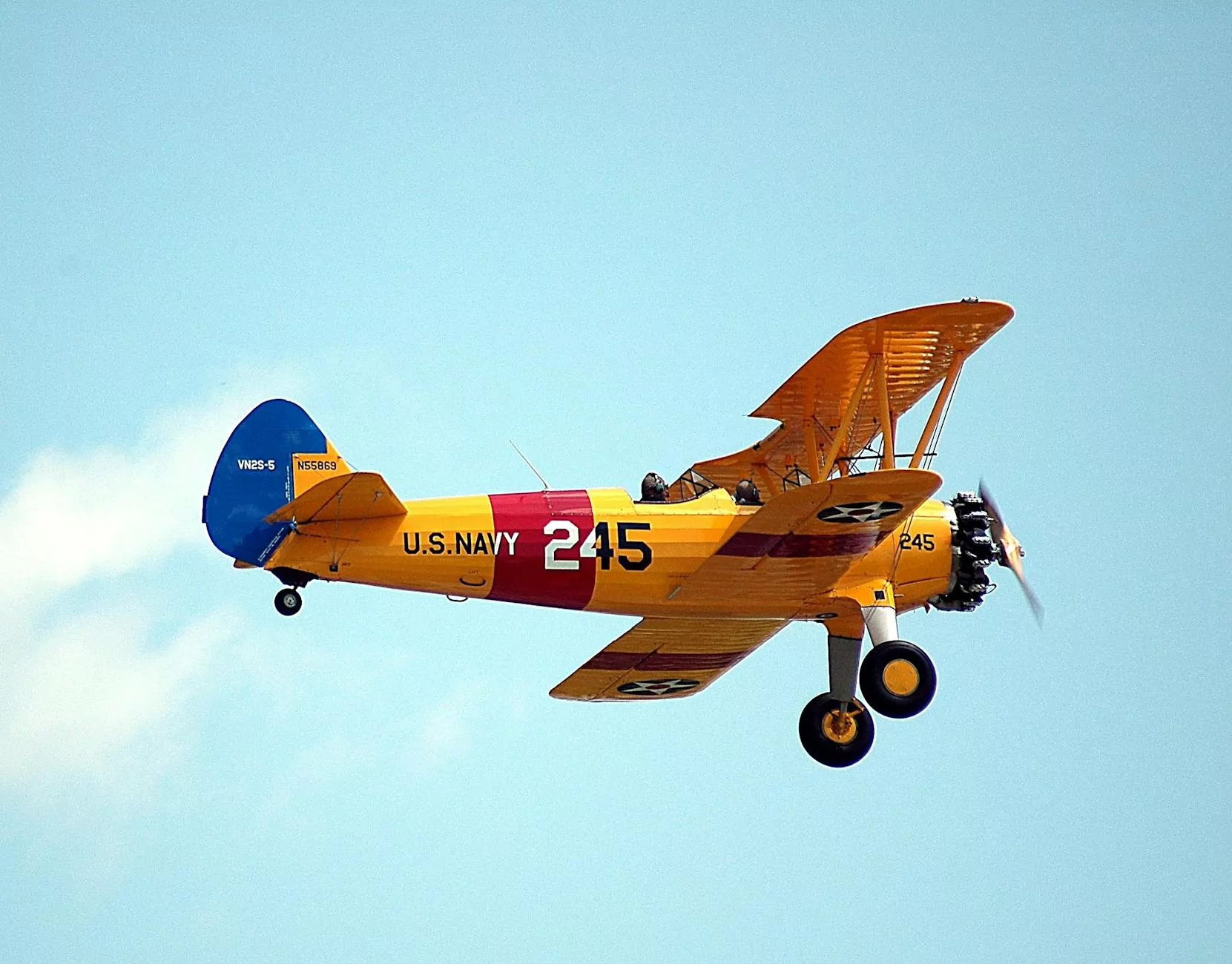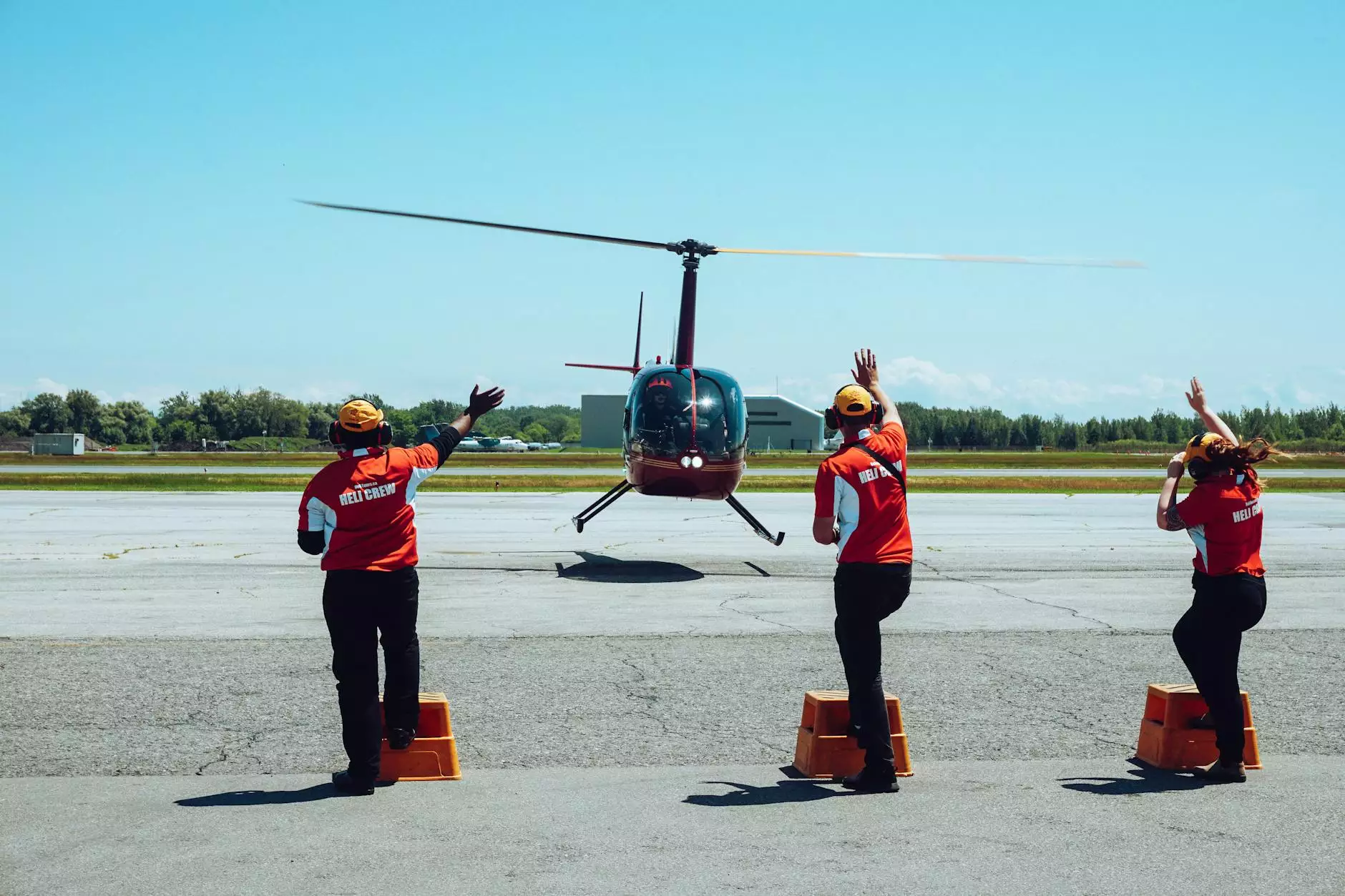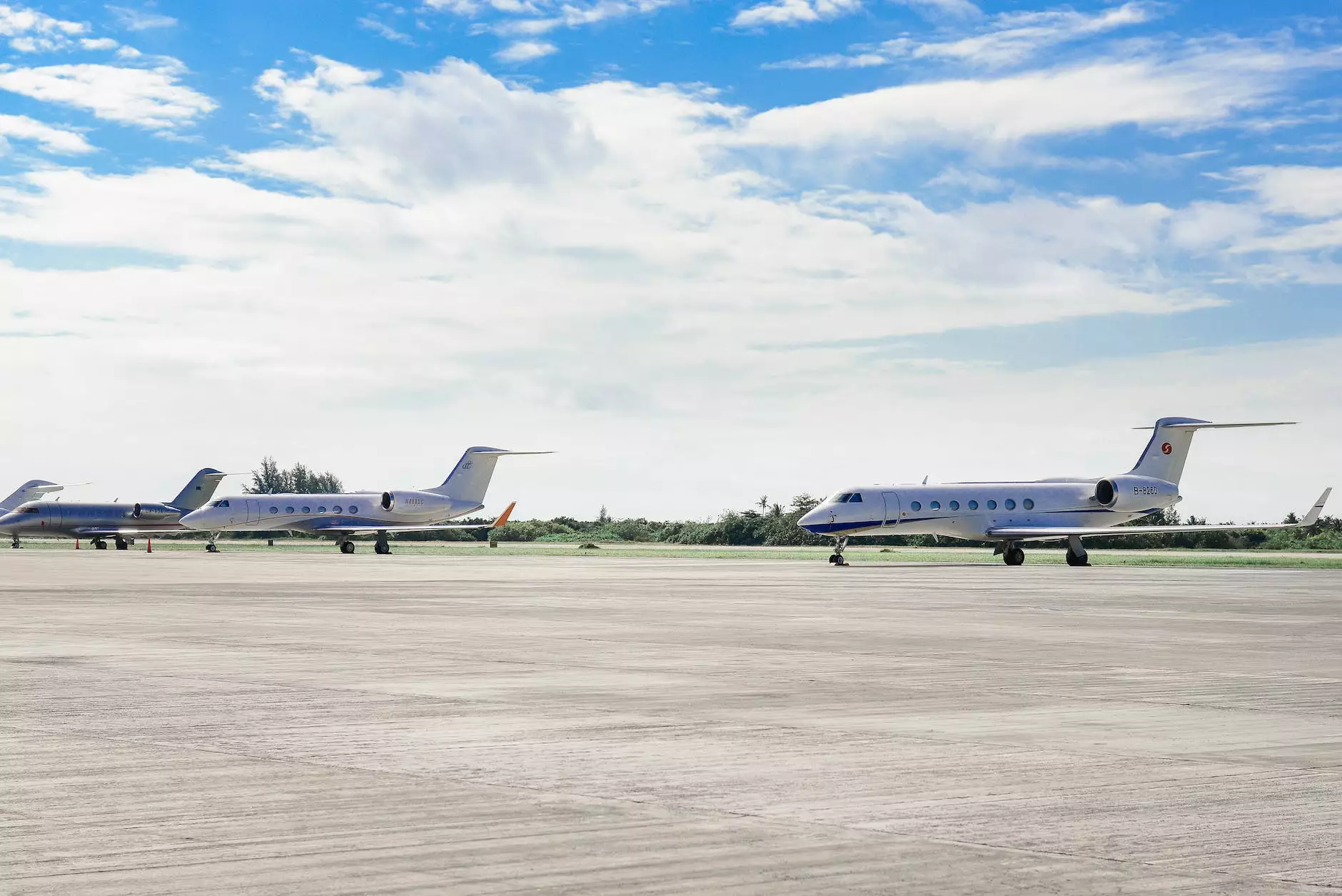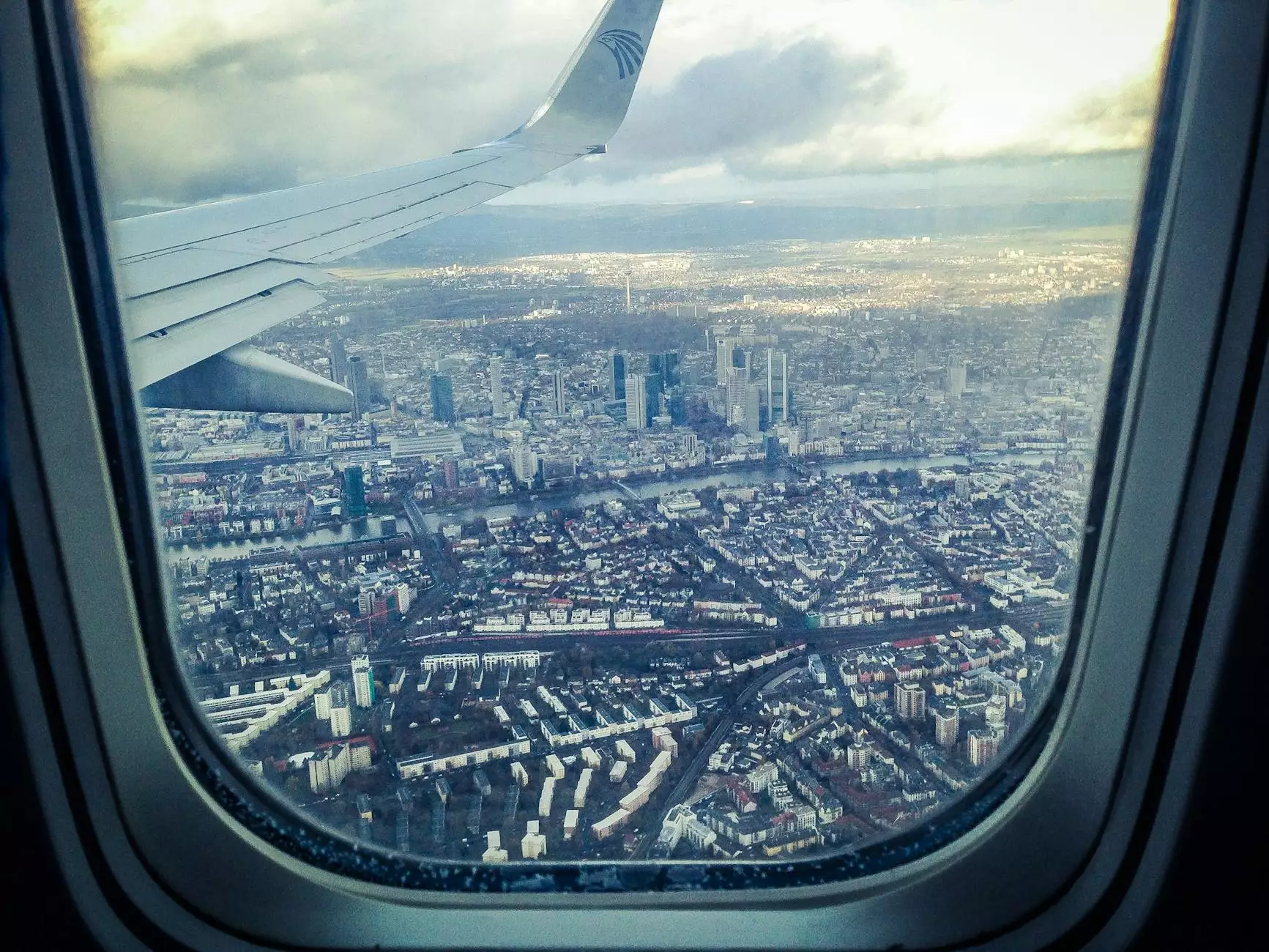Supersonic Transport The First Generation
1800-1849
Introduction
At La Historia Society, we invite you to delve into the world of aviation and explore the remarkable first-generation supersonic transport. Our exhibition offers a comprehensive glimpse into the fascinating history, design, and technological advancements of these revolutionary aircraft that forever changed the way we travel.
The Birth of Supersonic Travel
In the race to conquer the skies, the development of supersonic transport emerged as a groundbreaking achievement. The first generation of supersonic aircraft, introduced in the mid-20th century, pushed the boundaries of human engineering and propelled air travel into a new era of speed and efficiency.
Revolutionary Design and Technology
These supersonic marvels were not only symbols of human ingenuity but also masterpieces of design and technological innovation. From the iconic delta wings to the advanced aerodynamic profiles, every aspect of their design was meticulously crafted to optimize speed and performance.
The Concorde Experience
One of the most iconic and widely recognized supersonic aircraft of the first generation was the Concorde. Launched in 1969, the Concorde captured the world's imagination with its sleek appearance and unprecedented speed.
Blazing Speed
The Concorde was capable of flying at astonishing speeds of up to Mach 2.04, approximately twice the speed of sound. Passengers on board experienced the thrill of traveling faster than the Earth's rotation, enabling them to chase the sunset across the globe.
Luxurious Comfort
Despite its incredible speed, the Concorde did not compromise on comfort. Its elegant cabins boasted luxurious interiors, spacious seating, and impeccable service, redefining the concept of air travel. Passengers enjoyed a refined dining experience, world-class amenities, and unparalleled levels of personal attention.
Technological Marvel
Behind the scenes, the Concorde showcased unparalleled technological advancements. Its unique droop-nose design allowed for better visibility during takeoff and landing, while the advanced engine technology provided extraordinary thrust required for supersonic flight.
Legacy and Impact
Although the era of commercial supersonic transport came to an end with the retirement of the Concorde in 2003, its legacy continues to inspire generations of aviation enthusiasts and engineers. The first-generation supersonic transport stands as a testament to human ambition and our relentless pursuit of progress and exploration.
Visit our Exhibition
Immerse yourself in the story of the first-generation supersonic transport by visiting our exhibition at La Historia Society. Experience the awe-inspiring displays, interactive exhibits, and captivating artifacts that chronicle this remarkable era in aviation history. Whether you are an aviation enthusiast or simply curious about the wonders of technology, our exhibition offers a unique journey through time.
Conclusion
Discover the captivating world of the first-generation supersonic transport at La Historia Society. Unearth the history, marvel at the design, and appreciate the technological feats that defined this revolutionary era in aviation. Join us and embark on a vivid exploration of human achievements that propelled us into the supersonic realm.









